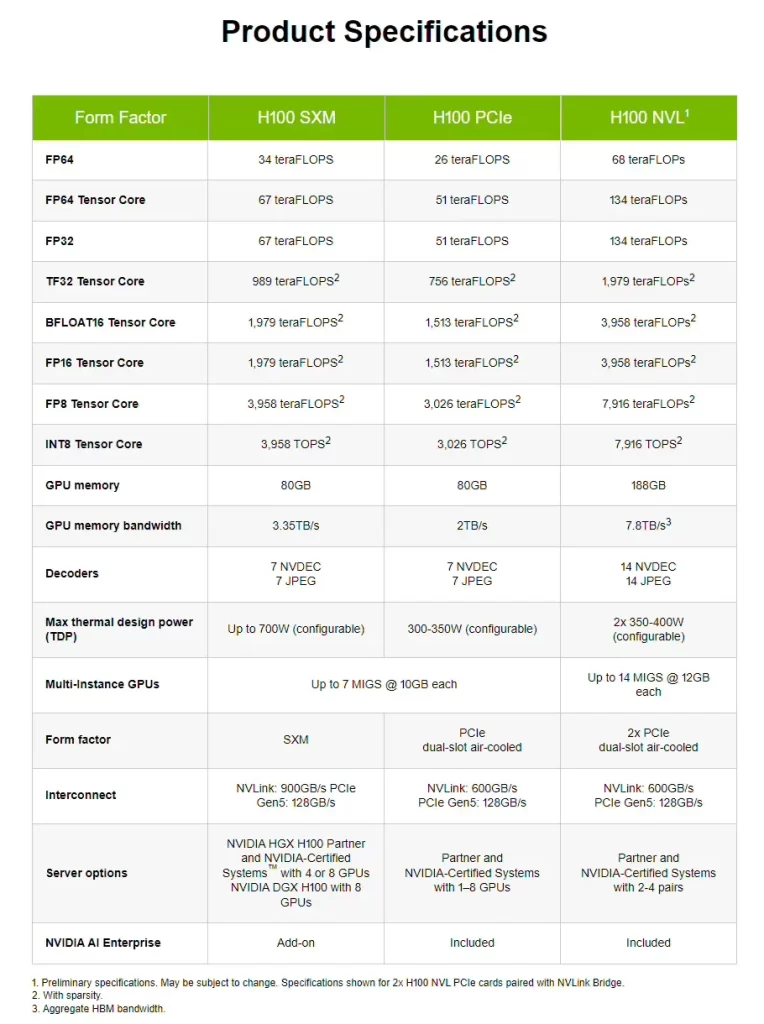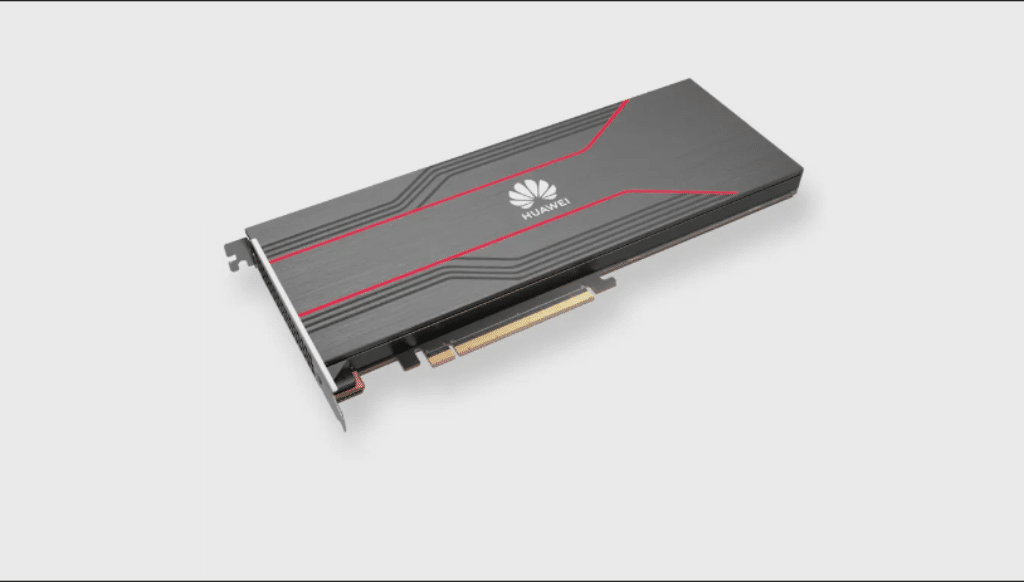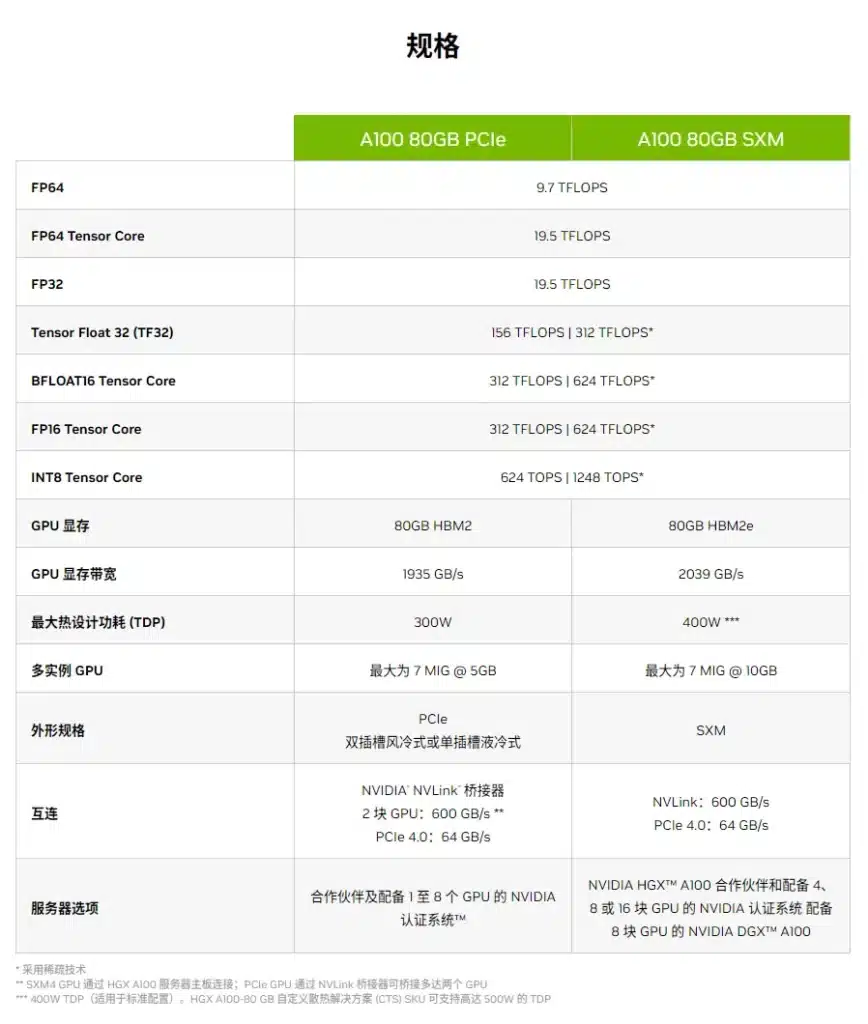Reuters reports that Nvidia China-Specific AI Chip H20, designed specifically for the Chinese market, is now open for pre-orders from dealers. The pricing closely aligns with Huawei Ascend 910B, but in certain key areas, the Nvidia H20 falls short of Huawei products in FP32 performance. Despite this, the H20 appears to have an advantage over the 910B in terms of interconnection speed.
Nvidia China-Specific AI Chip H20 Now on Pre-Sale
Nvidia has recently set the price of Nvidia China-Specific AI Chip H20 in Chinese channels between $12,000 and $15,000. However, some distributors have significantly hiked the chip’s price, quoting figures as high as around 110,000 yuan. In comparison, Huawei’s Ascend 910B is priced at approximately 120,000 yuan.
Notably, a source has disclosed that a dealer is offering a complete machine equipped with 8 H20 chips for 1.4 million yuan. A year ago, a server using 8 H800 chips cost only about 2 million yuan. Furthermore, dealers have notified customers that they expect to ship H20 in small quantities during the first quarter of 2024. They anticipate commencing large shipments in the second quarter, as revealed previously.
H20 stands out as the most robust among the three AI chips (HGX H20, L20 PCle, and L2 PCle) developed by NVIDIA for the Chinese market, based on previous disclosures. These chips are modifications of the NVIDIA H100, with lower computing power compared to H100 and H800. However, in LLM inference scenarios, H20 can outpace H100 by more than 20% thanks to new features.
Tensor Core GPU
For reference, the NVIDIA H100 Tensor Core GPU, utilizing the Hopper architecture on TSMC’s N4 process with 80 billion transistors, offers 9x faster training for multi-expert (MoE) models compared to the previous generation.
Jiang Tao, vice president of iFlytek, previously mentioned that Huawei’s Ascend 910B’s capabilities are essentially comparable to Nvidia’s A100.
The Huawei Ascend Community has revealed three models of Atlas 300T products, corresponding to Ascend 910A, 910B, and 910 Pro B, with a maximum power consumption of 300W. The first two have an AI computing power of 256 TFLOPS, while the 910 Pro B can reach 280 TFLOPS (FP16).
In comparison, the NVIDIA A100, released in 2020, uses double-precision Tensor Core and is based on the Ampere architecture. Its power consumption is 400W, with FP32 floating point performance at 19.5 TFLOPS, and FP16 Tensor Core performance reaching 312 TFLOPS.






